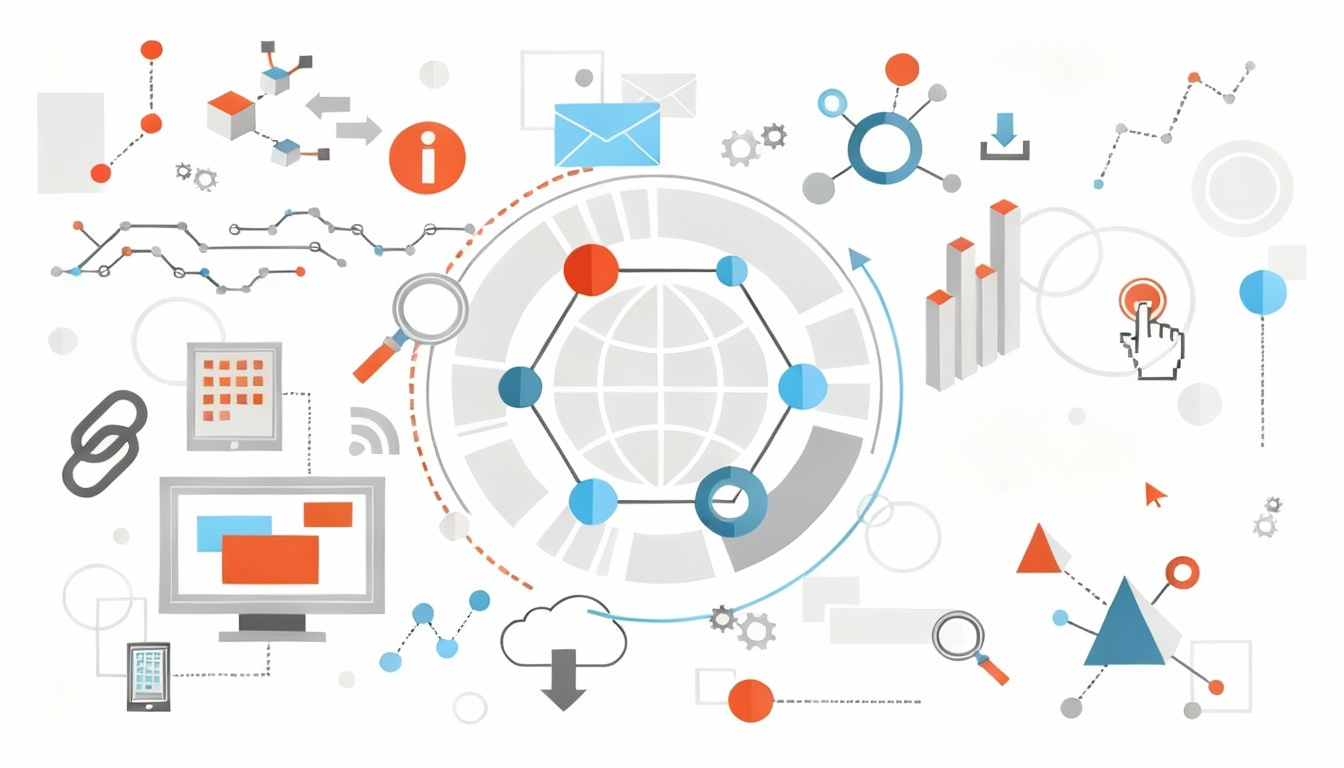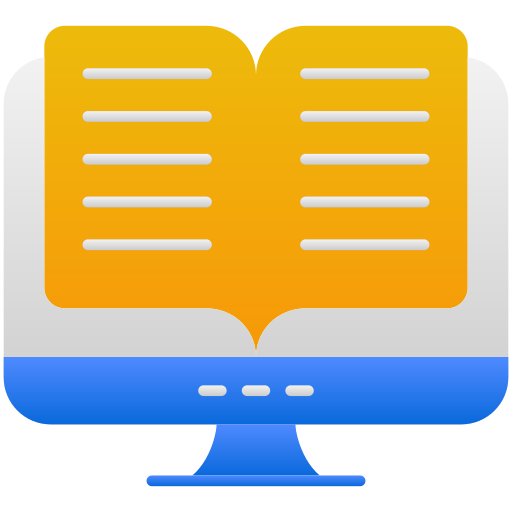Martec’s Retail and Consumer Goods Knowledge Bank
Objective
The objective of this Knowledge Bank is to help you:
- When you need more depth of information on retailing or the consumer goods sector
- When you need a key piece of knowledge right NOW!
- When you want to prepare for an important business meeting
- When you need to address a specific problem in either the retail or the consumer goods manufacturing industries
- When you need to develop a sales or key account plan
- When you need specific input for a project or task
- To get useful tools and job aids which you can use day to day.

The Target Audience
The knowledge bank is written for retailers and those companies that provide merchandise or other goods and services to retail businesses anywhere in the world. This includes consumer goods manufacturers and wholesalers who sell merchandise to retailers, technology companies who supply hardware, software and associated services, management consulting firms, accountants, third party logistics companies and others.
The knowledge bank is written in English but includes a Google tool to translate content into a large number of other languages.
Content
The core content of the knowledge bank includes:
- Articles covering a wide variety of topics, which are organised in the sections shown in the diagram below. Broadly, this content covers all the significant areas in retailing, such as buying, merchandising, store operations, e-commerce, finance, human resources etc. In addition, it covers how the companies that interact with retailers can market and sell to them more effectively.
- It also includes a large list of downloadable job aids, to help people in various job roles perform more successfully without undue reliance on memory of past reading or study.
- Downloadable spreadsheet-based tools to help people do several types of analysis without having to remember the precise detail of all the formulae involved.
- Content is added or updated frequently, partly as a result of changes in the industry, partly in response to upgrades to our training classes and also due to publication of the Martec Minutes.
The diagram below summarises the main content areas of the knowledge bank.

Industry
The industry section provides:
- An overview of the complete industry supply chain structure.
- Base information on the individual structures of retailing, consumer goods manufacturing, and wholesaling. This includes descriptions of the various segments in these sectors, a summary of their business models, and some helpful statistics.
- Key industry trends.
- A detailed description of the financial reporting, analysis, and interpretation of financial statements for retailers and their suppliers, the relative importance of their different accounting methods, and how to analyze the numbers to draw conclusions about any specific business. As an example of spreadsheet tools of value, users can download a spreadsheet, enter the corresponding financial data, and it will calculate a variety of key performance indicators to show where business performance is particularly good and where there might be room for improvement.
- A review of the information technology used in each industry sector including core business software applications, technology trends, and related factors.
These last two elements have their own detailed down menus on entry to the knowledge bank.
Organization
The organization section firstly addresses the job roles and responsibility areas that are common to all industry segments (CEO, COO, Finance, Human resources) and then address the areas that are unique to each segment, such as merchandising and manufacturing.
Each area includes the role of the senior leader, e.g. CFO, their typical areas of responsibility, business challenges and pain points, their priority key performance indicators, the structure of the people that report to them and a list of their key business processes.
The processes themselves are reviewed in the Processes section.
KPIs Explained
The KPIs section reviews for formula needed to calculate each KPI and provides guidance on how to interpret it. It also addresses the relationship between different KPIs.
Processes
The Processes section review the process involved in the manufacturing side of consumer goods companies and then the processes involved in the sales and marketing aside of the business.
Solutions
The solutions section addresses seventeen key areas which are the most common objectives that senior executives are addressing to improve business performance. Very few companies will be addressing more than about six of these in any one fiscal year, but they will all be addressing some of them. Each section address what kinds of things can be changed or should be focused on to achieve a desired business goal. This insight is extremely helpful in designing the best solution to any specific situation.
In Addition
In addition, there are two additional sections not included on the diagram above.
Sales
The Sales section is specifically for suppliers to retail and provides detailed information on how to analyse a target account, what desk research and in person research to conduct and how to develop an account plan or sales strategy. Like the other sections, this one includes a portfolio of helpful job aids and tools.
Subjects
The Subjects section is effectively an index to the content in the knowledge bank. It is another tool to help you find content easily.
Suppose for example, you want to research Fraud and Loss Prevention. Scan the list of headings on the subject page, click on Security and Loss Prevention and you will be taken to a list of forty articles (at the time of writing) addressing loss prevention throughout the supply chain and addressing payment fraud.
Or, if you need to know more about E-Commerce, click on E-Commerce and Omni-Channel and you will be taken to a list of sixteen relevant articles.
Alternatively, you could use the search option to help you find a specific page.
The very last option on the Subjects page takes you to a list of all the job aids and tools in the knowledge bank.
Relationship to Martec Courses
For those companies that use Martec’s learning path definitions to guide what their learners should study in any specific job role, their current one or one they aspire to, the learning path will include a combination of e-learning classes and reading/study of define pages in the knowledge bank.
Those learners may also be asked to undertake specific exercises to practice skills they are learning and some will use the tools in the knowledge bank.
A number of our classes now include inbuilt links to those pages to make it one click to find them. This functionality is being added to all our classes over time as we upgrade them.
Licencing the Knowledge Bank
Anyone or any corporate client licencing our classes will automatically receive access to our knowledge bank when they take out a licence. Employees of corporate clients will have access as longs as their employer continues their licence.
Individual learners who study via Martec’s learning management system, and but a 3-month licence, will receive a 12-month licence for the knowledge bank, to help them anchor their new knowledge and build their skill.
Individuals can buy a licence to the knowledge bank without buying a class. For more information and the cost visit this link. Equally, if your licence to the Knowledge Bank has expired you can renew it at the same link.
Free Trial
If you would like to try our Knowledge Bank to assess how helpful it can be, we offer a week’s free trial. You can self-register for this by downloading Access to The Retail and Consumer Goods Knowledge Bank and following the instructions it contains. By taking part in this offer, you agree to be entered into Martec’s marketing database and receive occasional emails from us. All our marketing emails contain an unsubscribe link, which is actioned automatically.



